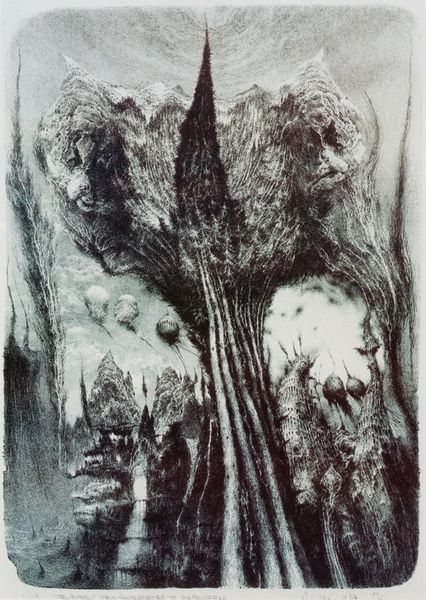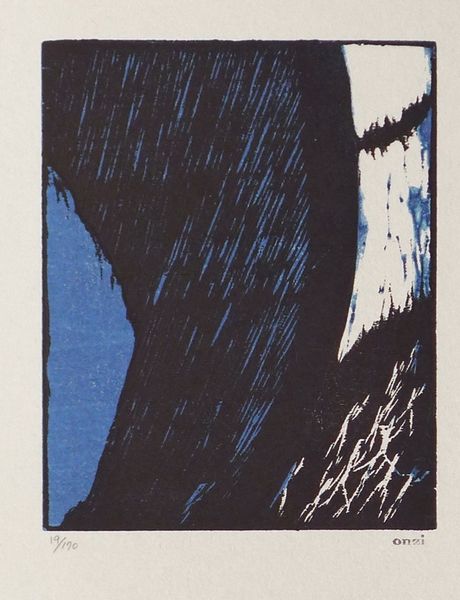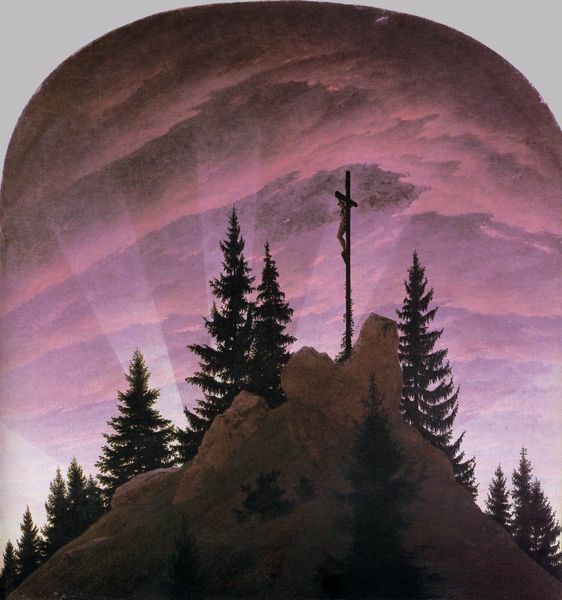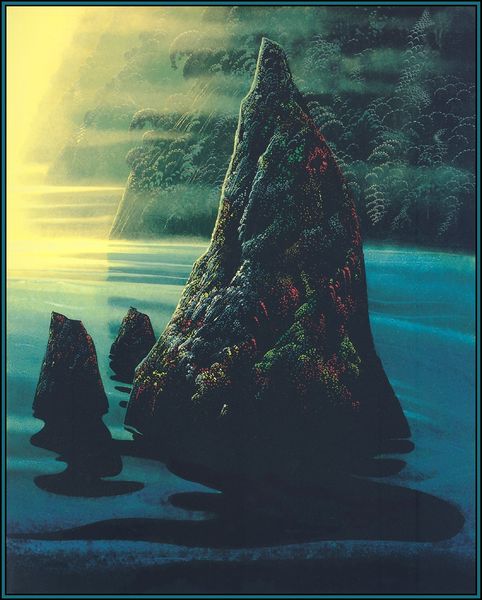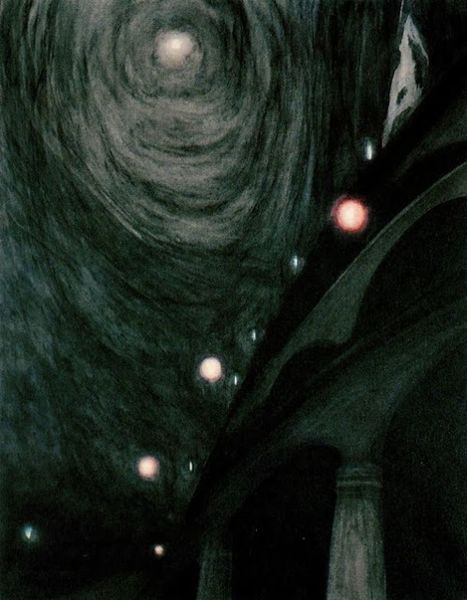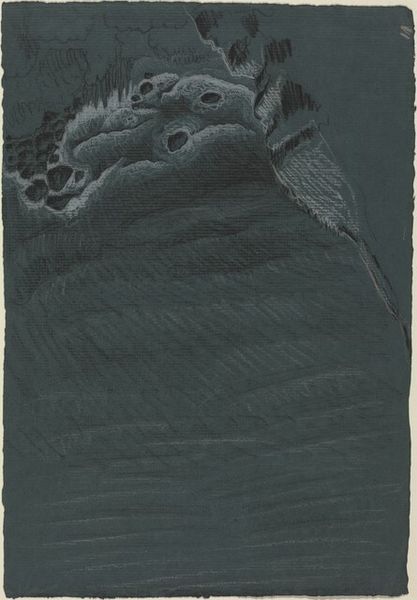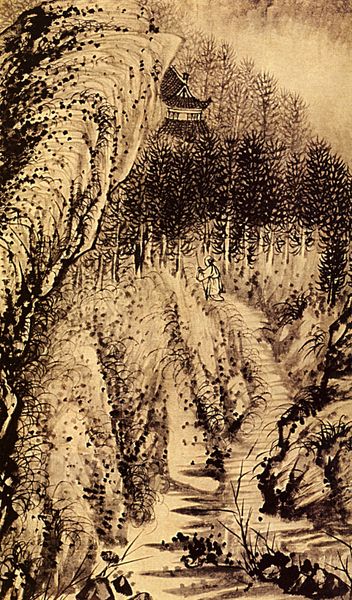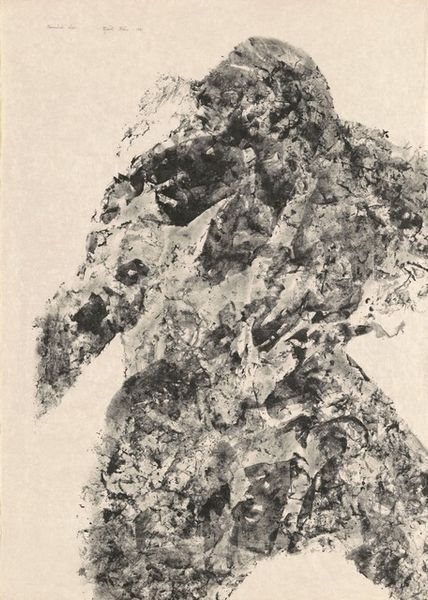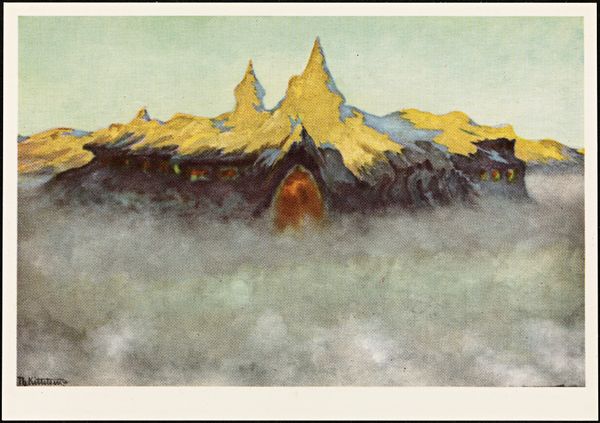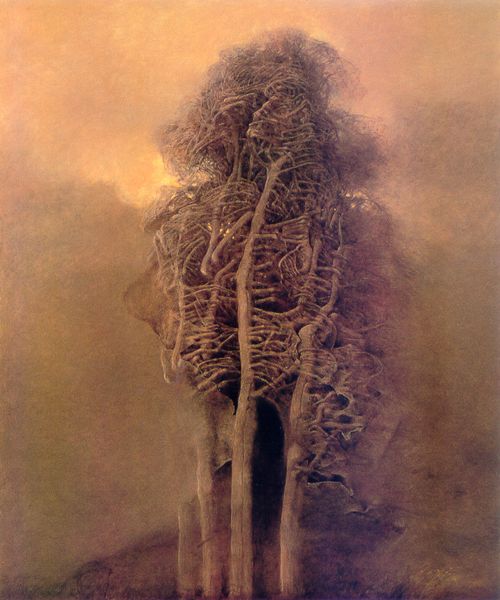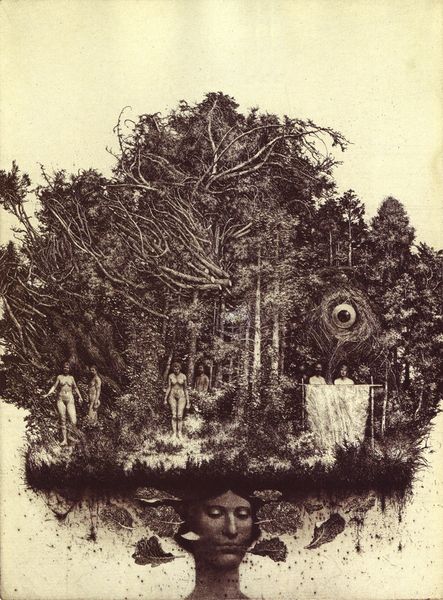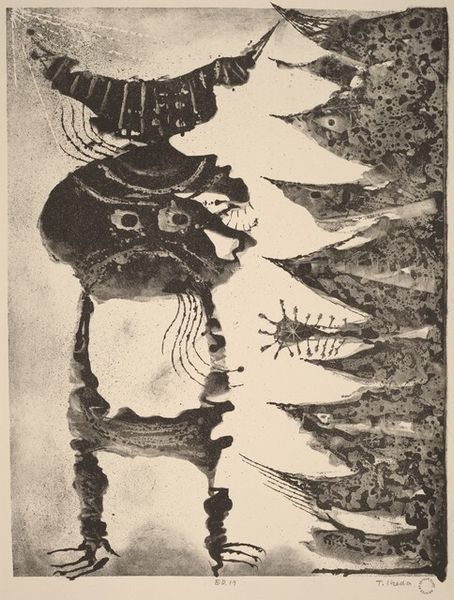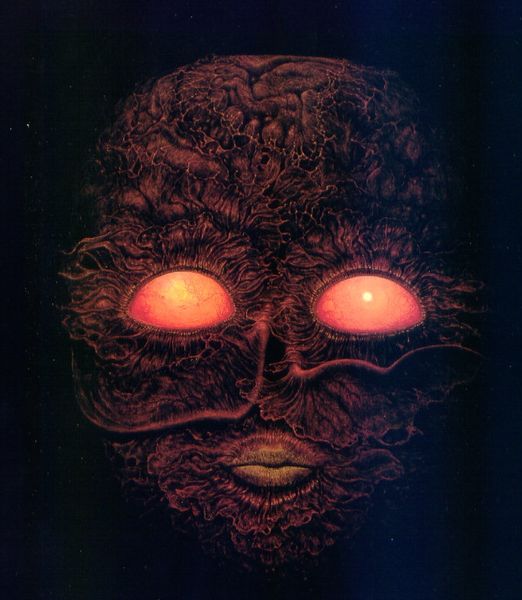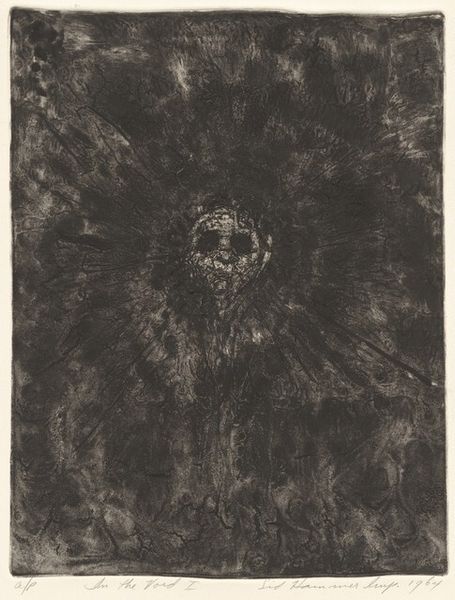
drawing, charcoal, pastel
#
tree
#
drawing
#
sky
#
atmospheric-phenomenon
#
landscape
#
fantasy-art
#
charcoal drawing
#
figuration
#
pastel chalk drawing
#
symbolism
#
watercolour illustration
#
charcoal
#
pastel
Dimensions: 36.3 x 28.1 cm
Copyright: Public domain
Editor: Here we have Theodor Kittelsen’s "Forest Troll," created in 1906 using charcoal and pastel. It's quite striking – the sheer scale of the troll face emerging from the landscape gives me a sense of the overwhelming power of nature. What do you see in this piece? Curator: It’s precisely that tension, the overwhelming power, that draws me in. Kittelsen wasn't just illustrating a fantasy; he was tapping into deep-seated anxieties about national identity, folklore, and the relationship between humans and the natural world. Consider the troll: is it a monster to be feared, or a representation of the untamed Norwegian landscape resisting external forces? Editor: I hadn't thought about the political dimensions. So, the troll isn’t just a mythical creature but also a symbol? Curator: Exactly. Remember, this was a time of growing national romanticism in Norway, as it pushed for independence from Sweden. The troll becomes a potent symbol of Norwegian identity, rooted in the land, the ancient sagas, and a kind of primal resistance. How does its portrayal differ from how trolls are typically depicted in, say, fairytales? Editor: Fairytales often depict them as somewhat comical and easily outsmarted. This one, with its face as a mountain and a single, burning eye, is far more formidable, even intimidating. It’s less about a childish fear and more about… confronting something immense and ancient. Curator: And is it coincidence that he places the face emerging in the mountain, topped by trees? What we learn from postcolonial ecocriticism is to look into these portrayals. Is there a link in Norway´s national conciousness between its own "body politic" and their landscape? Editor: So, it is more than a drawing, but a nationalistic statement for its time? Curator: Precisely, by situating the artwork within its historical context we come to view it as Kittelsen´s view of Norway itself. A kind of protective ancient presence for Norway's forests that existed long before Norway was its own nation, in itself another form of activisim by creating symbolic forms that endure time. Editor: That's fascinating. I see so much more in it now, especially thinking about the symbolism and the political context. Curator: Indeed. Art becomes a powerful tool when we recognize its connection to the social and political landscapes it emerges from.
Comments
No comments
Be the first to comment and join the conversation on the ultimate creative platform.
